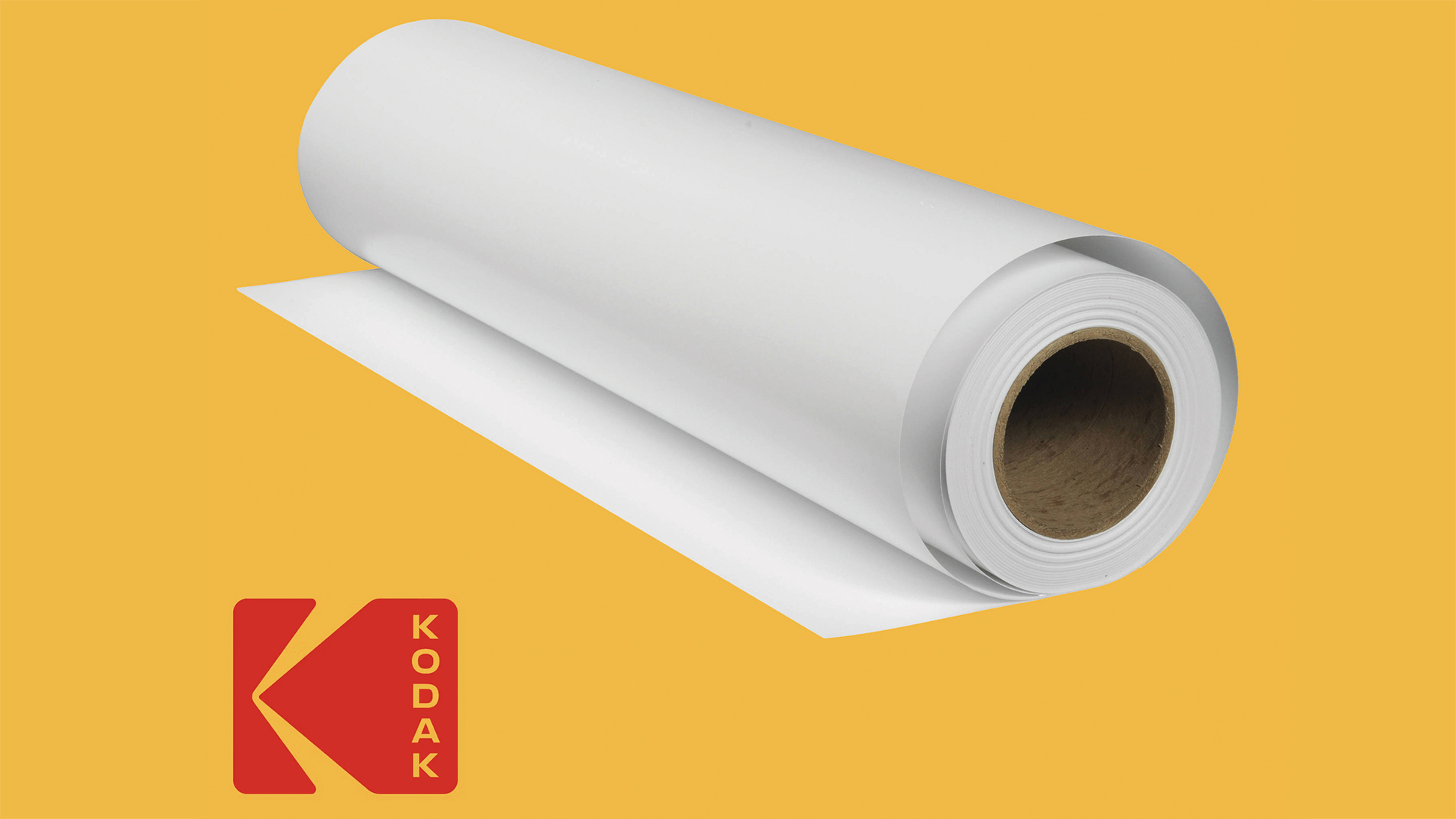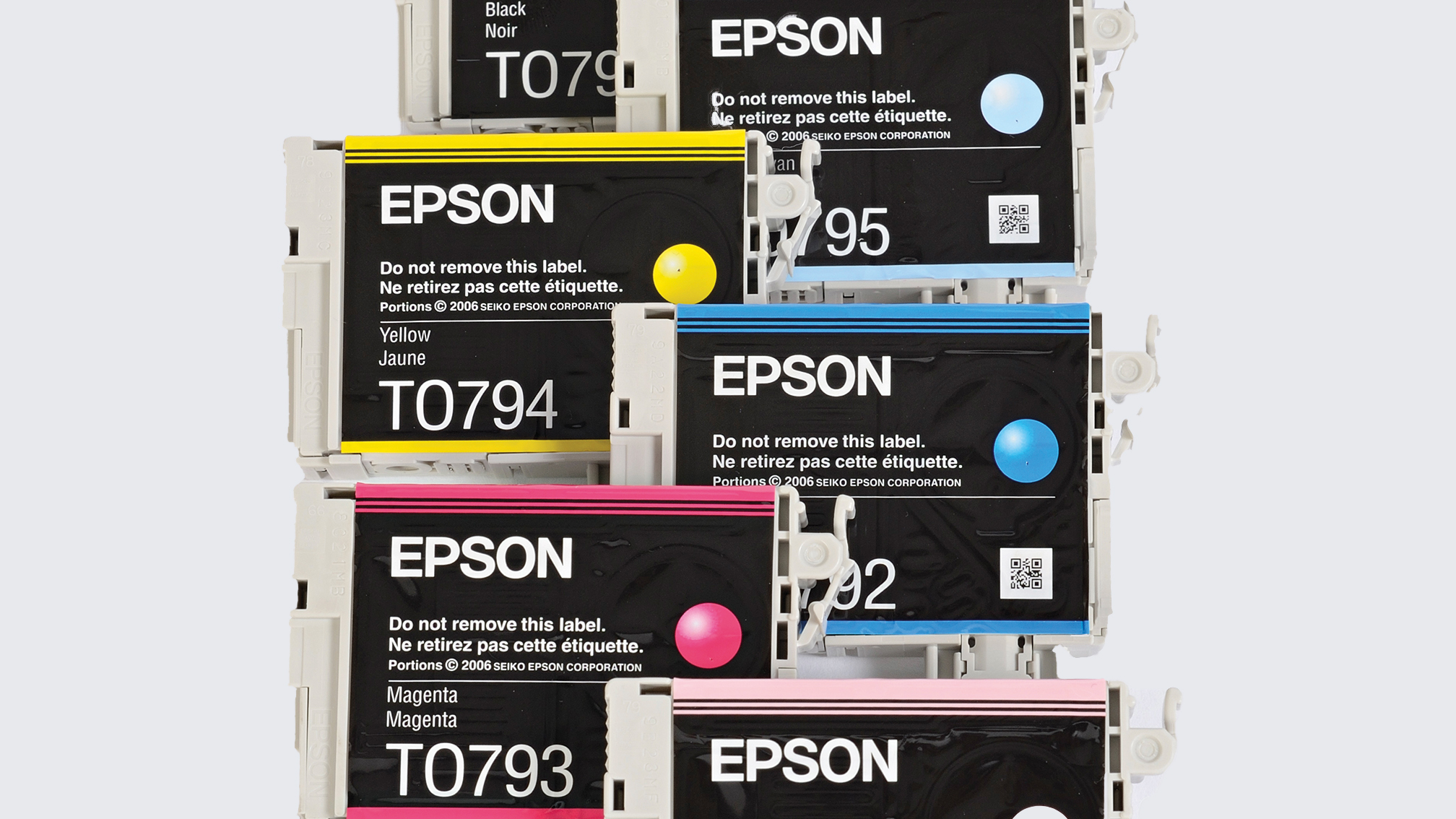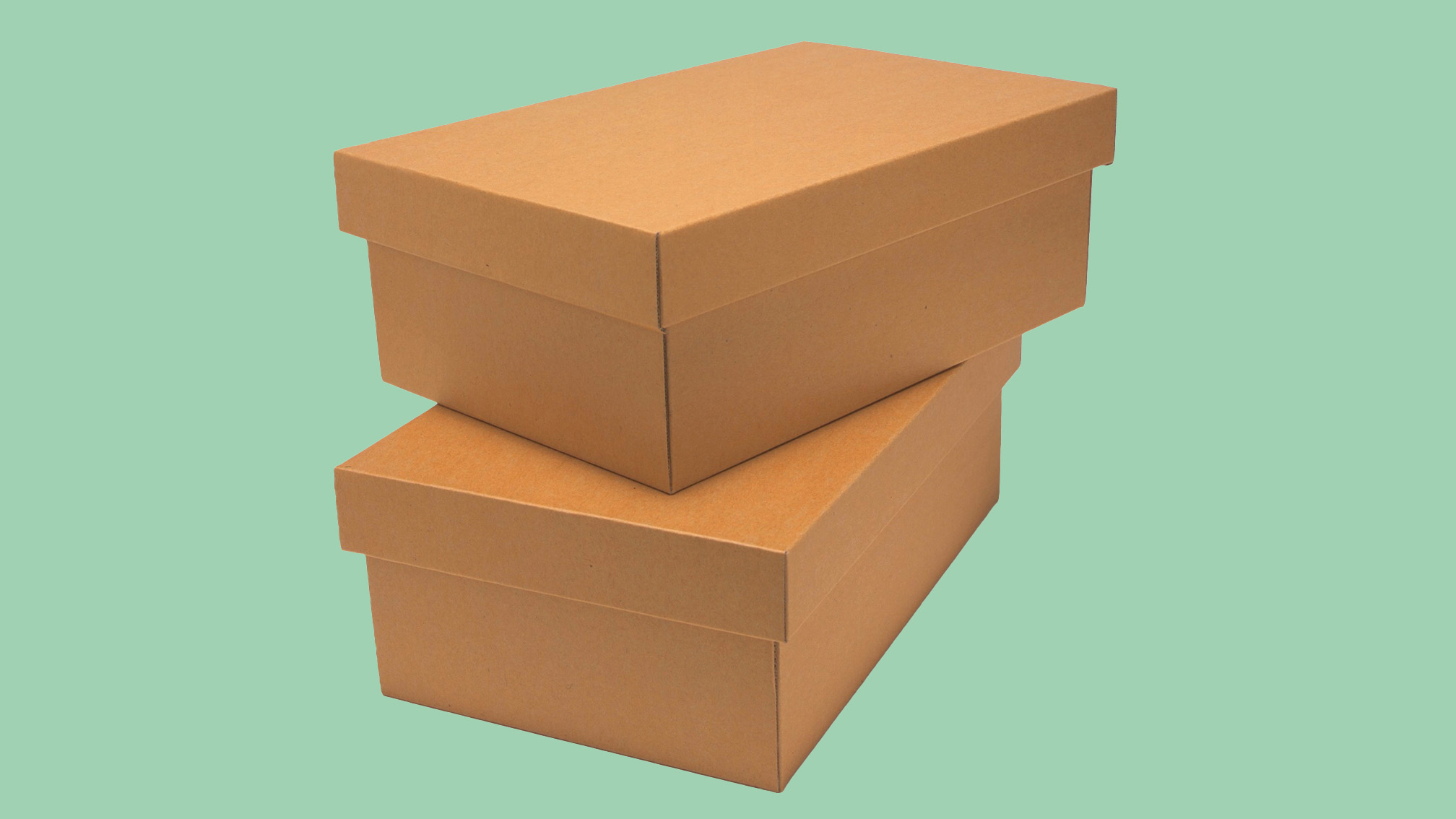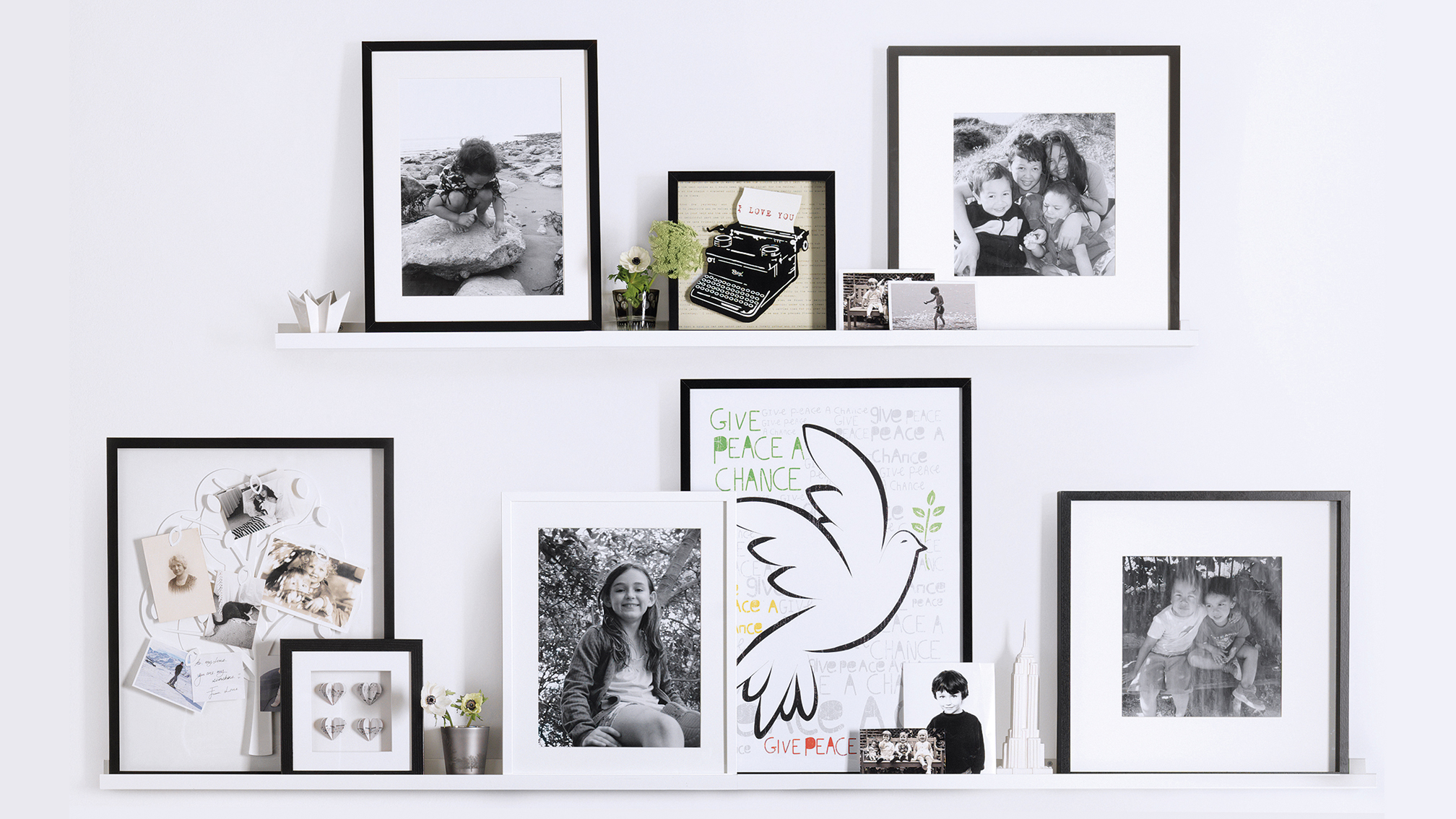
The preservation of printed images is not only important on a personal level but also for museums worldwide that rely on them to educate society on bygone times. However, time can take a toll on old photographic prints, making it a challenge to see the subject in detail and original colour.
Generally speaking, black-and-white prints have a longer lifespan than colour ones – this is because most colour processes use dyes on different standards that fade at different rates over time. Often, the blue colour layer fades faster, creating tints after just a few years. For instance, prints from the 1950s tend to have a red tint, while photographs taken in the 1970s will often now feature a yellow tint.
Technology has evolved, including print processes, materials and paper quality. However, the three main enemies of conservation, namely light, moisture and air exposure, can still cause fading. So it’s time to consider both short-term production and long-term display and adopt a future-proof approach to retain the original impact of your photo prints.
Print materials
Select archive paper

Even the best ink won’t prevent your images from fading if the paper is not up to par. Standard paper, for instance, absorbs ink poorly, which can compromise the quality of your images. However, professional-grade paper such as 100% cotton or acid-free paper is designed specifically for image archiving and helps to maintain the integrity of your prints. Some popular and long-lasting choices in this category include Kodak Professional Endura Premier Photo paper and Fujifilm Fujicolor Crystal Archive Super Type PDN.
Use pigment-based inks

It’s crucial to choose the right ink to slow down air exposure fading. This oxidation process is inevitable and causes colour reduction over time, but by opting for high-quality pigment-based ink, your prints will last for around 200 years. Pigment-based ink provides sharper details, a wider range of colours, and ink particles suspended in a clear resin that decelerates the fading process. In contrast, dye-based ink is known to fade after a mere 25-30 years.
Handle & Store
Reduce ink degradation

After printing, let the ink sink first, so that it can settle and firmly bond with the paper. Leave the prints to dry in a low-dust environment first. Here, the drying time will depend on the combination of ink and paper used. Before touching the prints, wash your hands thoroughly or, even better, use cotton gloves. These are affordable and make a big difference in preventing the transfer of degrading solvents onto the printing paper. You can purchase cotton gloves in most art shops or online stores, such as icanFRAME.
Acid-free storage

Simply storing prints in the attic or basement increases the risk of moisture damage and fading. To keep the prints in optimum condition, store them in a climate-controlled and dry area that is neither too hot nor too cold. Protect the prints further by wrapping them in acid-free tissue paper, available in most art stores, and storing them in classic paper boxes. Avoid dyed and recycled boxes, instead, choose acid-free or lignin options for maximum protection.
Prevent light fading

UV light, also known as ultraviolet light, is undoubtedly one of the biggest enemies of photo prints. Over time, it causes washed out colours, reduced saturation and misted shadow areas. UV-protected framing glass can help prevent this issue. When displaying framed photos, it is strongly recommend that you choose a location with no direct sunlight shining on it. This is also the reason why flash photography is typically not allowed in art galleries or museums, as this strong light could damage the often old and delicate artworks.







